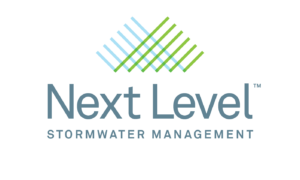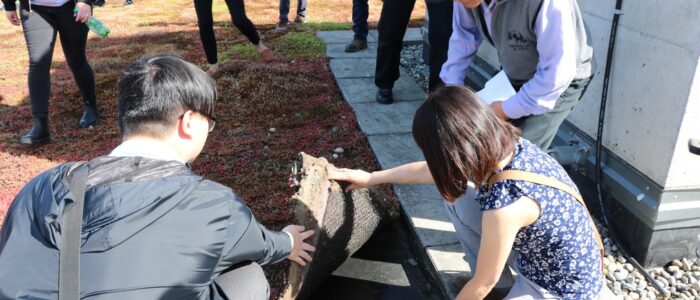Special Topic Webinars – Green Roofs for Stormwater Management & Wind
Next Level Stormwater Management is a Recognized Continuous Education Provider
Proof of Attendance will be issued for:
OAA Structured Learning Hours
AIBC, AAA, ALBNL, AANB and NSAA Core Learning Units
LACES PDH: CSLA, OALA, BCSLA, AALA, APALA
Engineering Vegetated Roof Systems to Optimize Stormwater Management
Urban centres have high concentrations of impervious areas which pose a challenge in managing large volumes of stormwater. Heavy rain events or back-to-back storms cause problems like flooding, property damage, and combined overflow sewer discharge. Green infrastructure, such as vegetated roofs, can help mitigate these problems because they restore the hydrologic cycle in urbanized areas. Vegetated roof systems designed for maximum stormwater management decrease the volume of stormwater within the urban core and reliably delay travel time of stormwater to the treatment plant. These retention and detention strategies help alleviate the burden of heavy stormwater on our cities’ infrastructure.
Learning Objectives:
- The distinction between stormwater retention and detention
- The importance of detention in urban centres (ie Greater Toronto/Vancouver Area)
- Existing roof top technologies
- Using biomimicry to re-engineer vegetated roofing system
- Collaboration: Landscape Architects, Architects, Civil Engineers
REGISTER FREE FOR LIVE WEBINAR
ON-DEMAND WEBINAR
Wind Design for Modular Vegetated Roof Assemblies
Vegetated or green roofs offer multiple benefits to urban areas. They manage stormwater, reduce energy demand, mitigate urban heat island, improve air quality and enhance biodiversity. The City of Toronto adopted the Green Roof Bylaw in 2010 and became the first city in North America to require green roofs on most new buildings, including high rise buildings and lakefront properties that experience high wind.
Wind flow around buildings creates both positive and negative pressure fluctuations across the roof, which affects both the roofing and the vegetated roofing systems. As part of the building envelope, it is important that that a vegetated roof is secured against these wind forces.
In this webinar, we will first take a look at CSA A123.24: Standard Test Method for the Wind Resistance of Modular Vegetated Roof Assembly and the 2 key test components to measure wind uplift and wind flow resistances. We will share case studies to demonstrate how vegetated roofing systems
behave at different wind pressures and wind speeds with videos of the tests. Finally, we will illustrate how to use CSA A123.24 in the wind design process of vegetated roofing assemblies.
Learning Objectives:
- Define modular vegetated roof assembly (MVRA)
- Understand wind effects on roofing and vegetated systems
- Recognize governing factors of wind resistance for MVRA
- Test for wind uplift resistance and wind flow resistance
- Apply CSA A123.24 in wind design process for MVRA
Contact us for a link to an ON-DEMAND PRE-RECORDED presentation.
Presenters
Karen Liu, PhD Green Roof Specialist
Sasha Aguilera, GRP Design Ambassador
More than 2.5 M SQFT supplied coast to coast
Email or call (416) 637-5772 for stormwater calculations specific to your project.






Comments are closed.